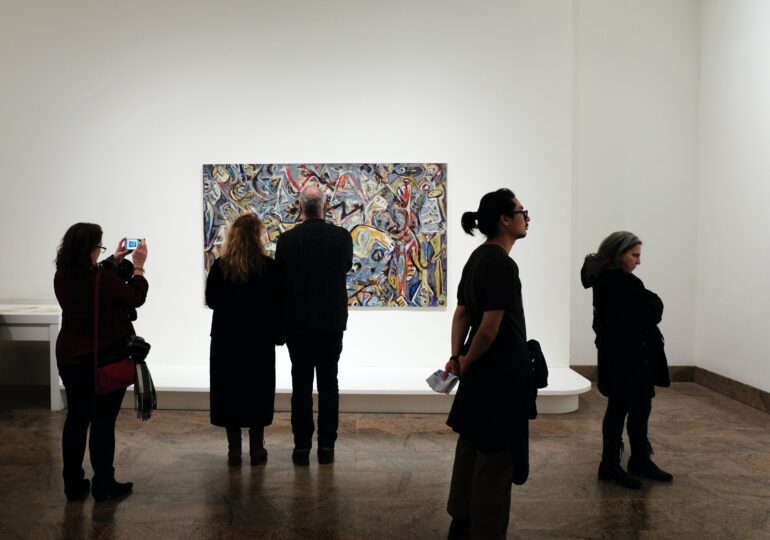TL;DR:
- A recent survey commissioned by The National Lottery Heritage Fund (NLHF) reveals that nearly a quarter of U.K. heritage organizations are embracing AI tools.
- Dr. Mathilde Pavis from the University of Reading conducted a comprehensive study to understand AI’s impact on museums, galleries, libraries, and archives.
- AI applications include managing collections, enhancing the visitor experience, generating innovative marketing content, and improving catalogs.
- Concerns include discrimination risk in image identification, copyright infringement, and misinformation from AI-driven chatbots.
- Solutions involve rigorous testing, clear labeling of AI-generated content, and the development of comprehensive AI usage policies.
Main AI News:
In the ever-evolving landscape of the United Kingdom’s heritage sector, the integration of artificial intelligence (AI) tools has emerged as a transformative force. A recent survey, commissioned by The National Lottery Heritage Fund (NLHF), reveals that nearly a quarter of U.K. heritage organizations have embraced AI technology to enhance their operations and services.
This seismic shift towards AI in heritage research prompted the NLHF to enlist the expertise of Dr. Mathilde Pavis from the University of Reading. Dr. Pavis undertook a comprehensive study to unravel the burgeoning applications of AI within museums, galleries, libraries, and archives. The aim? To empower the heritage sector in navigating the AI revolution strategically.
The study’s findings shed light on the multifaceted ways in which AI is reshaping the heritage landscape. Foremost among these is AI’s pivotal role in managing collections, elevating the visitor experience, and catalyzing business growth. However, the transformative power of AI extends far beyond these horizons.
One of the most promising applications is the generation of innovative marketing content ideas, making it possible for heritage organizations to engage audiences in novel ways. Additionally, AI-driven solutions are streamlining the process of producing event transcripts and enhancing catalogs with metadata tags, facilitating easier online access to heritage collections.
Yet, even in the era of AI-driven progress, challenges and risks loom. Dr. Pavis’s research underscores several critical concerns:
- Discrimination Risk: AI, when employed to identify individuals in images, carries the potential for bias and discrimination.
- Copyright Infringement: The use of AI to source protected content raises questions of copyright infringement and intellectual property rights.
- Misinformation from Chatbots: AI-driven chatbots may inadvertently disseminate misinformation, affecting the trustworthiness of the information provided.
Fortunately, Dr. Pavis doesn’t just highlight these issues; she provides a roadmap for addressing them. Arts organizations are urged to adopt rigorous testing protocols to mitigate discrimination, inaccuracies, and transparency issues within AI systems. Additionally, clear labeling and proper citation of AI-generated content must precede its publication, ensuring ethical and legal compliance. Developing comprehensive policies for AI usage within heritage institutions is essential in safeguarding their ethical AI integration.
Dr. Pavis aptly notes, “We are witnessing the dawn of AI’s innovative and practical applications in museums, libraries, and galleries. While challenges persist, heritage institutions, as cultural leaders, are uniquely poised to shape the trajectory of AI innovation. The realization of AI’s potential hinges on collaborative efforts across the sector to confront and conquer its challenges.”
Conclusion:
The integration of AI into the heritage sector signifies a profound transformation, offering opportunities for improved management, enhanced visitor engagement, and creative marketing. However, it also presents challenges related to ethics and accuracy. Heritage institutions must proactively address these issues to harness the full potential of AI while maintaining their commitment to preserving cultural heritage. This evolution marks a significant step in adapting to the digital age, ensuring the continued relevance and sustainability of the heritage sector in a rapidly changing world.

